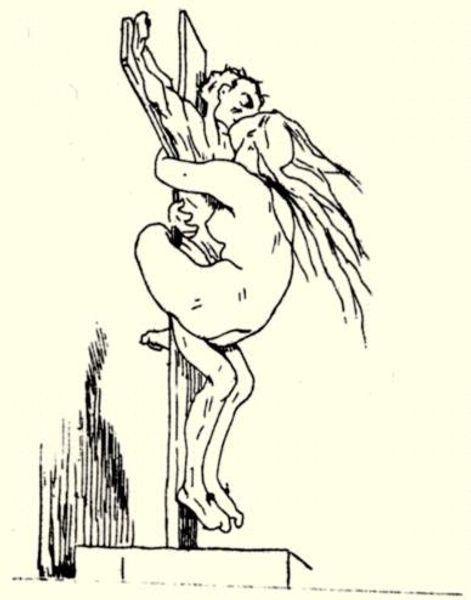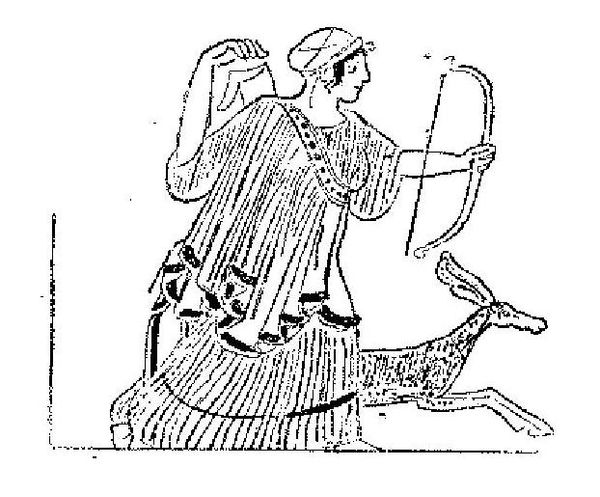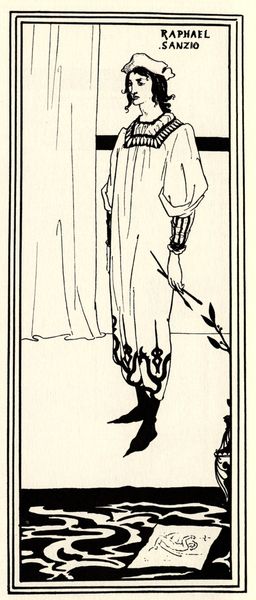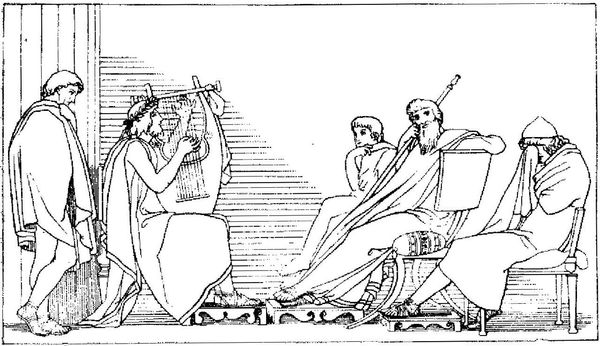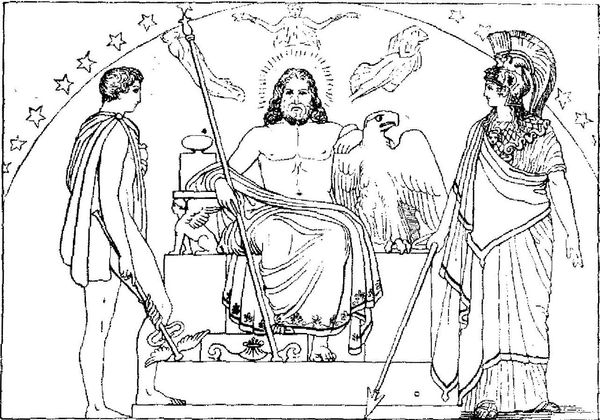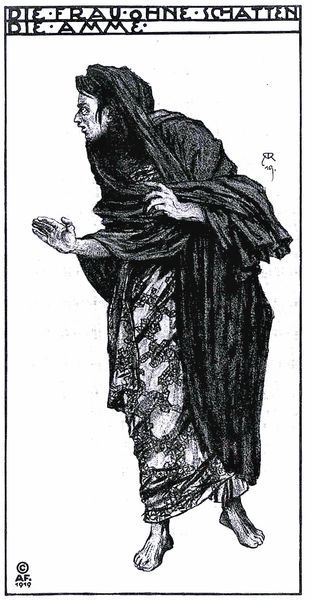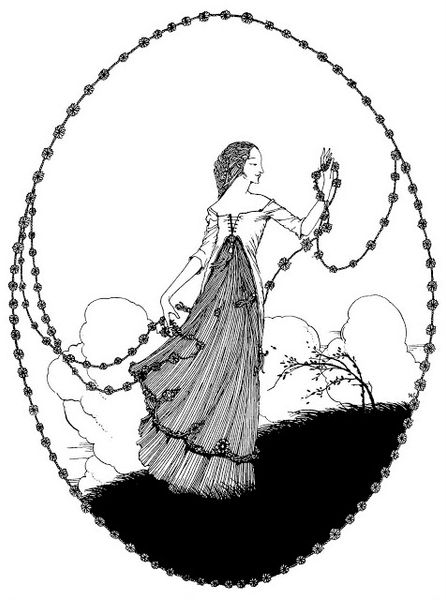
drawing, ink, pen
#
portrait
#
drawing
#
narrative-art
#
head
#
pen illustration
#
arts-&-crafts-movement
#
line drawing illustration
#
fantasy-art
#
figuration
#
ink line art
#
ink
#
human
#
line
#
pen
Copyright: Public domain
Arthur Rackham drew "Tristan comes to Tintagel dressed as a jester," capturing a moment from the medieval romance of Tristan and Isolde. Rackham, working in the late 19th and early 20th centuries, was part of a broader cultural movement that reimagined folklore and mythology. Here, we see Tristan in disguise, a role that speaks to themes of identity, performance, and deception. The jester's outfit, with its bells and pointed hat, is a mask that allows Tristan to move between worlds, concealing his true status and intentions. But what does it mean to hide oneself? The act of dressing as a jester can be viewed as a form of social commentary. Is he mocking the court or using the guise to gain access to places he would otherwise be barred from? Rackham invites us to consider how roles and appearances can be both liberating and confining. Tristan’s disguise is a means of survival, but also a reflection on the fluidity of identity.
Comments
No comments
Be the first to comment and join the conversation on the ultimate creative platform.
